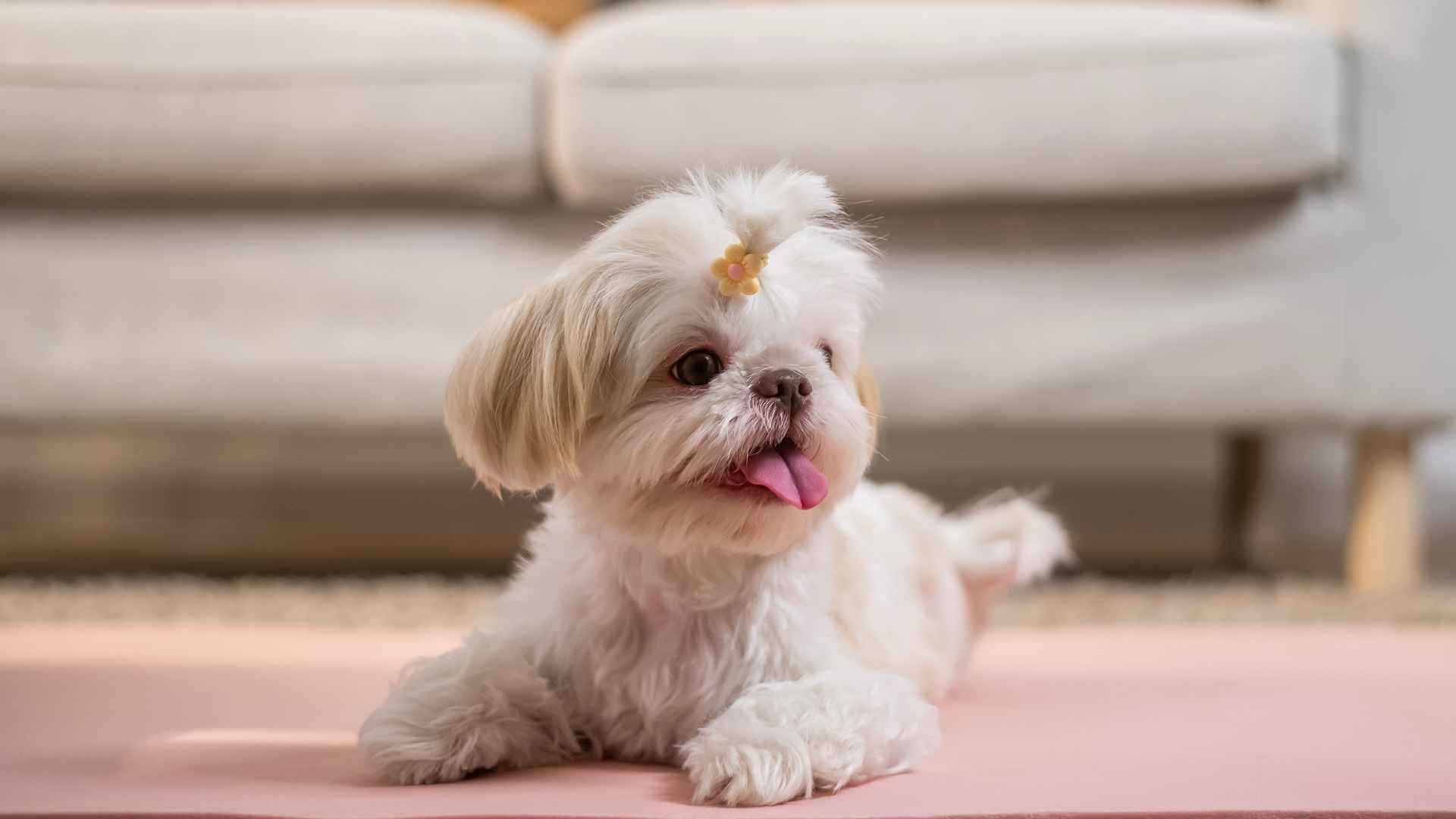Did you know that some of the world’s tiniest dogs make the biggest difference when it comes to pet therapy and emotional support? These small dog breeds may fit in your lap, but their presence can bring peace, smiles, and even healing in many settings—from hospitals and senior homes to classrooms and private residences.
What makes a good therapy dog isn’t just obedience—it’s a mix of gentle temperament, affection, and an intuitive response to human emotions. While size can be a factor in accessibility, it’s the dog’s individual temperament and proper training that determine success in animal-assisted therapy or as an emotional support animal.
Here are seven great therapy dogs from the teacup and toy groups that excel at lifting spirits and providing comfort. Whether you’re looking for a four-legged friend to support someone emotionally or simply want to learn about some of the world’s most affectionate and popular dog breeds, this guide offers heartwarming insight.
Therapy Teacup Dog Breeds
1. Cavalier King Charles Spaniel
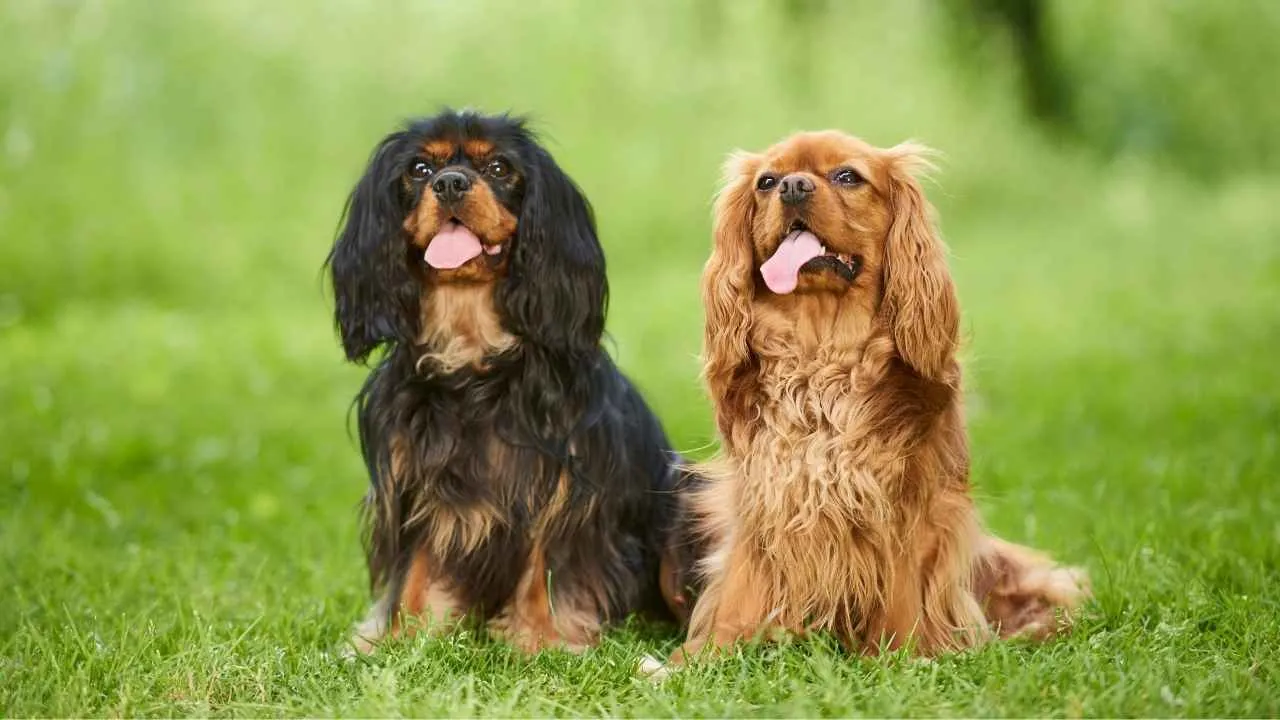
Size: 12–13 inches tall, 13–18 pounds
According to the AKC, the Cavalier King Charles Spaniel is a small, elegant family dog with a loving heart and gentle nature. Often described as a wonderful lap dog, it has the ideal temperament for therapy dog work.
They are highly attuned to human interaction and thrive when close to people. This natural empathy makes them well-suited for offering emotional support, especially in one-on-one settings like hospice care or therapy sessions.
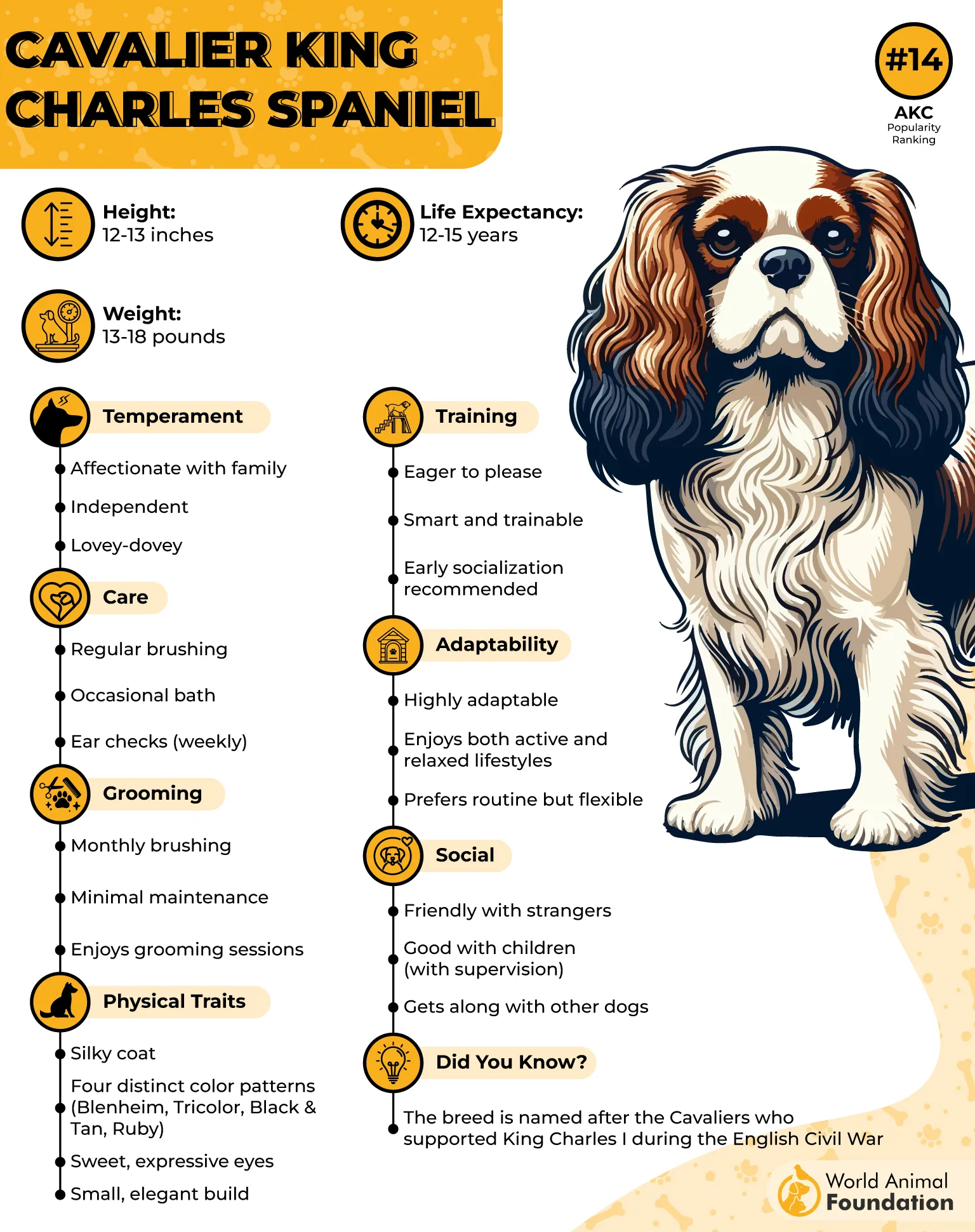
Cavaliers do well in various situations, adapting easily to new environments and people. They’re equally happy on a couch or visiting a nursing home, always ready to offer affection.
They’re known for their friendly disposition, which allows them to bond with children, seniors, and other dogs alike. Their presence brings calm to emotionally charged settings.
They require moderate exercise and regular grooming to maintain their silky coats, but their care is generally simple.
Fun Fact
This breed was so adored by King Charles II that he reportedly decreed they be allowed in all royal buildings—even Parliament!
2. Toy Poodle
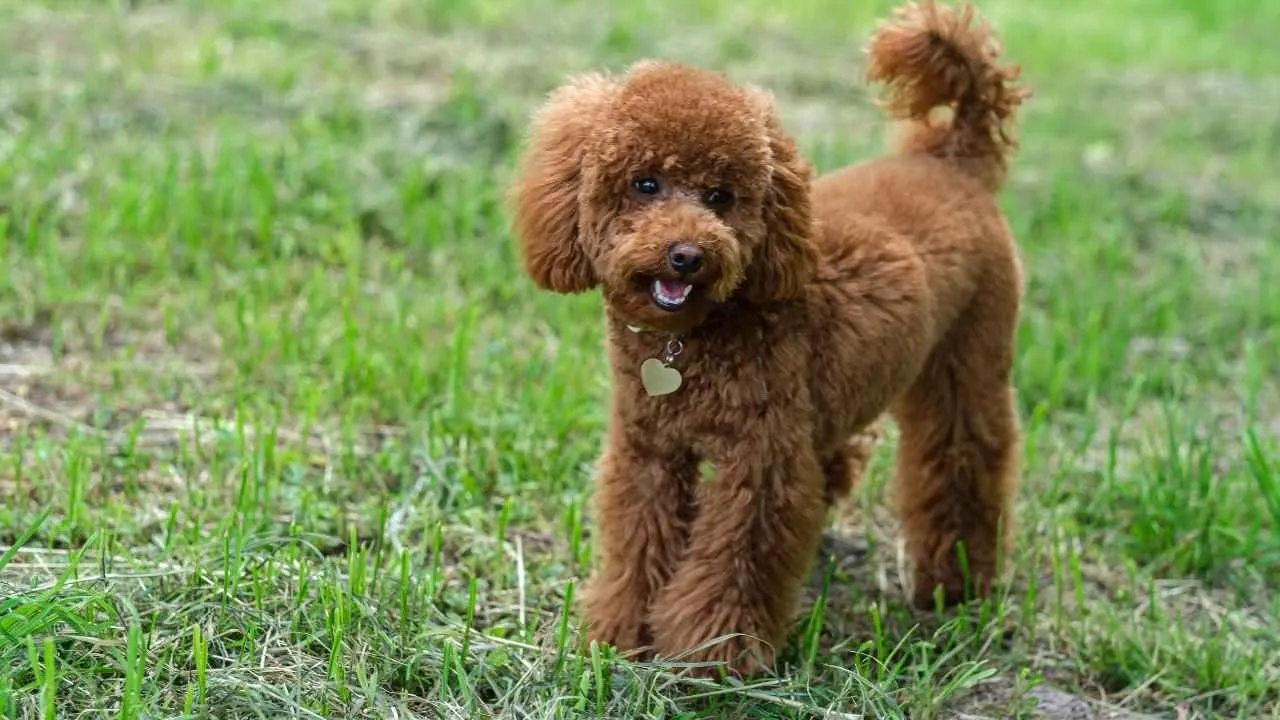
Size: Up to 10 inches tall, 4–6 pounds
The Toy Poodle is not only one of the most highly intelligent dogs around but also a favorite for service and assistance dog roles. With their sharp minds and love for people, they stand out among small therapy dogs.
They excel at learning complex tasks, making them ideal for dog therapy programs. They can even assist with calming techniques like deep pressure therapy when trained properly.
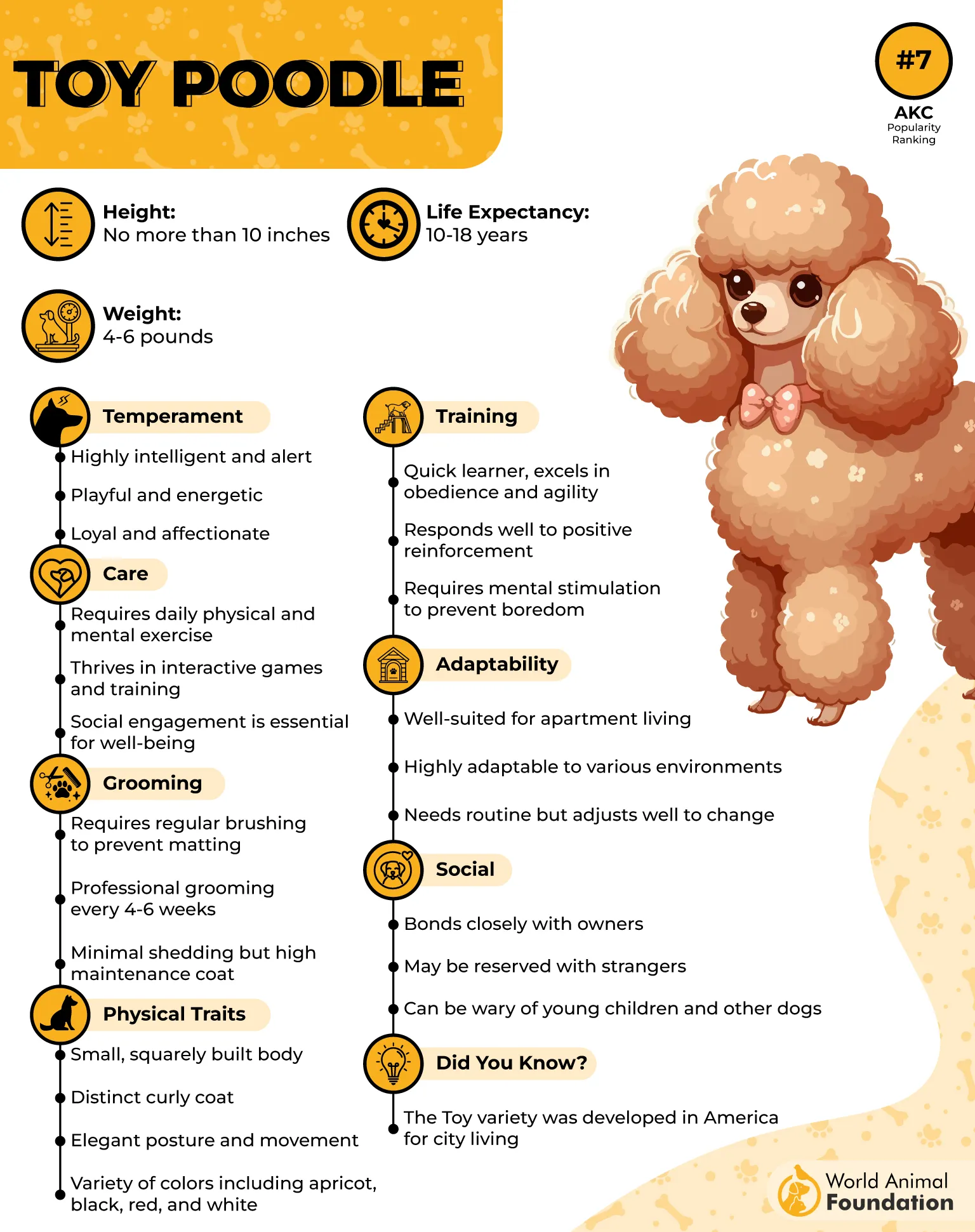
Poodles are incredibly empathetic, responding to human emotions with a soothing presence. Their loyalty and attention make them perfect companions for individuals with anxiety, PTSD, or emotional trauma.
Their hypoallergenic coat is a bonus, especially in settings like schools or hospitals where minimal shedding is important. Though they need grooming, they don’t leave hair everywhere.
Despite their elegant appearance, they love walks, play, and mental games—and can keep up with many high-energy breeds when the mood strikes.
Fun Fact
The name “Poodle” comes from the German word pudel, meaning “to splash”—a nod to their origins as water retrievers!
3. Jack Russell Terrier

Size: 10–12 inches tall, 13–17 pounds
Energetic and enthusiastic, the Jack Russell Terrier might surprise some as a therapy dog, but with proper training, they can offer a burst of cheer in even the dreariest settings.
Originally bred for fox hunting, they’re now gaining attention in pet therapy circles for their upbeat spirit and lively charm. They bring smiles through their playful antics, especially with kids.
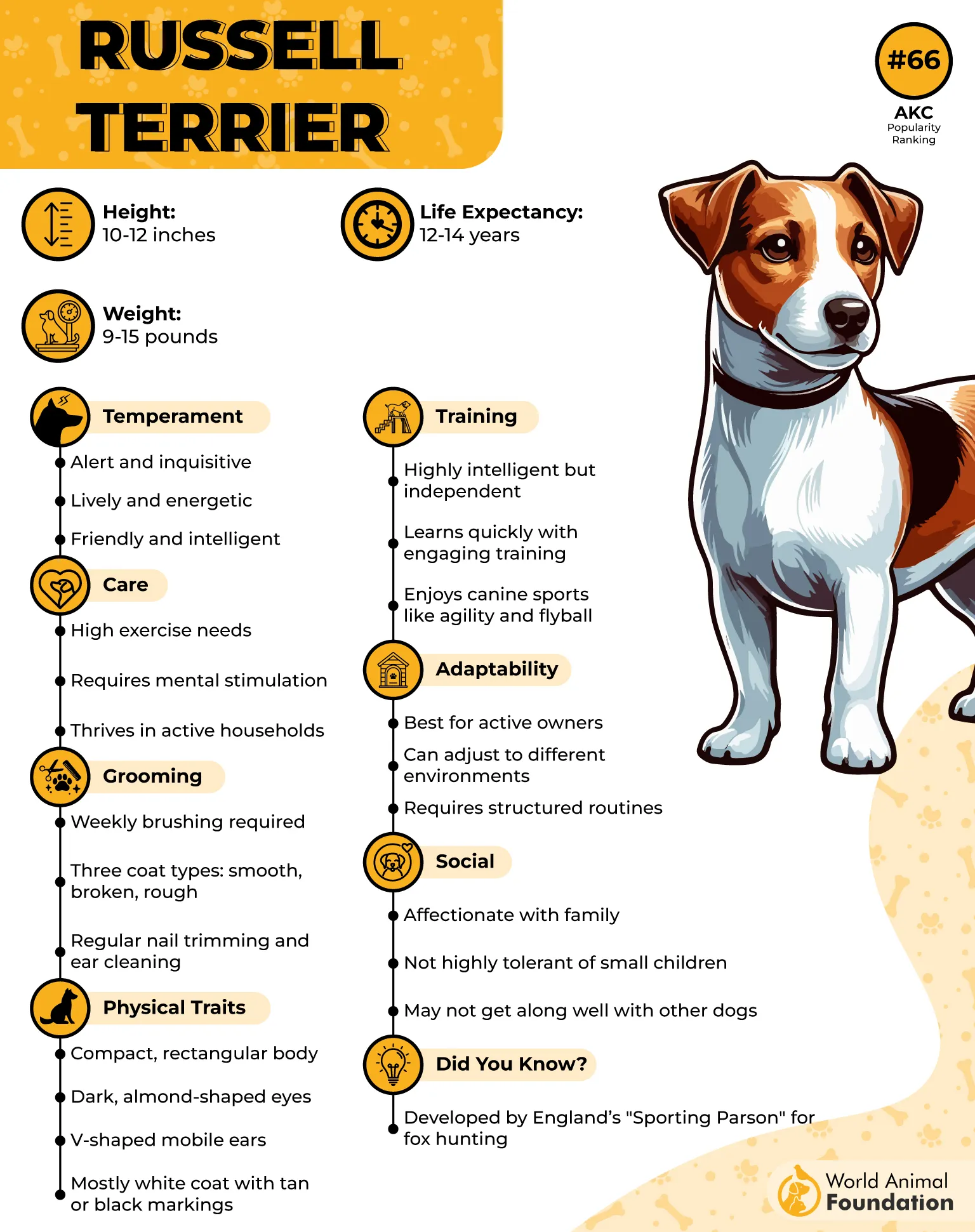
These terriers are clever and love learning tricks, making them great for engaging sessions with children or veterans needing mental stimulation. Just be prepared—they thrive on structure and activity.
Their energy means they’re best suited for people who enjoy short outdoor walks, games, and daily interaction. A bored Jack Russell may channel their energy in less helpful ways!
Their grooming needs are low, and they bond deeply with their people, making them lovable, fun-sized therapists on four legs.
Fun Fact
Jack Russell Terriers have starred in movies like The Mask and My Dog Skip, thanks to their charisma and brains!
4. Chihuahua
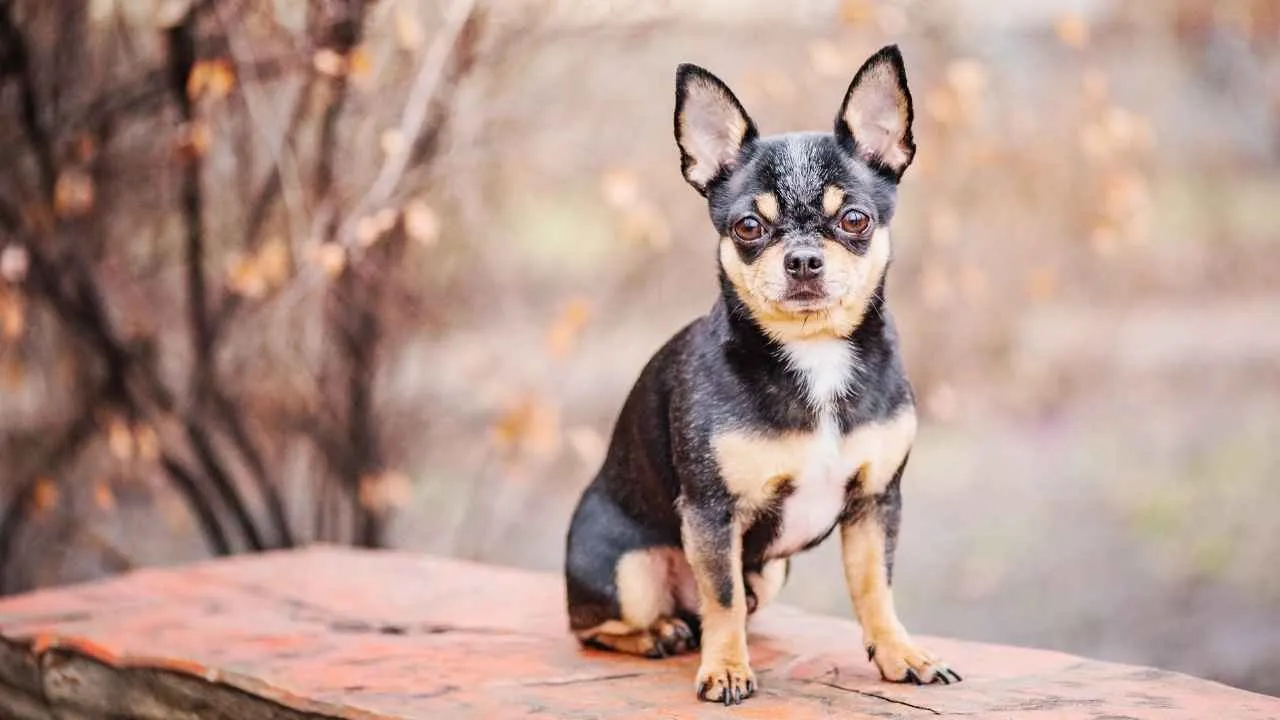
Size: 5–8 inches tall, 2–6 pounds
Tiny but mighty, the Chihuahua might be the smallest on this list, but it’s packed with personality. When properly socialized, they make amazing emotional support animals and therapy dogs.
Chihuahuas bond strongly with one or two people and thrive in lap-centric roles. Their size makes them ideal for individuals with limited mobility or those needing a small therapy dog in compact spaces.
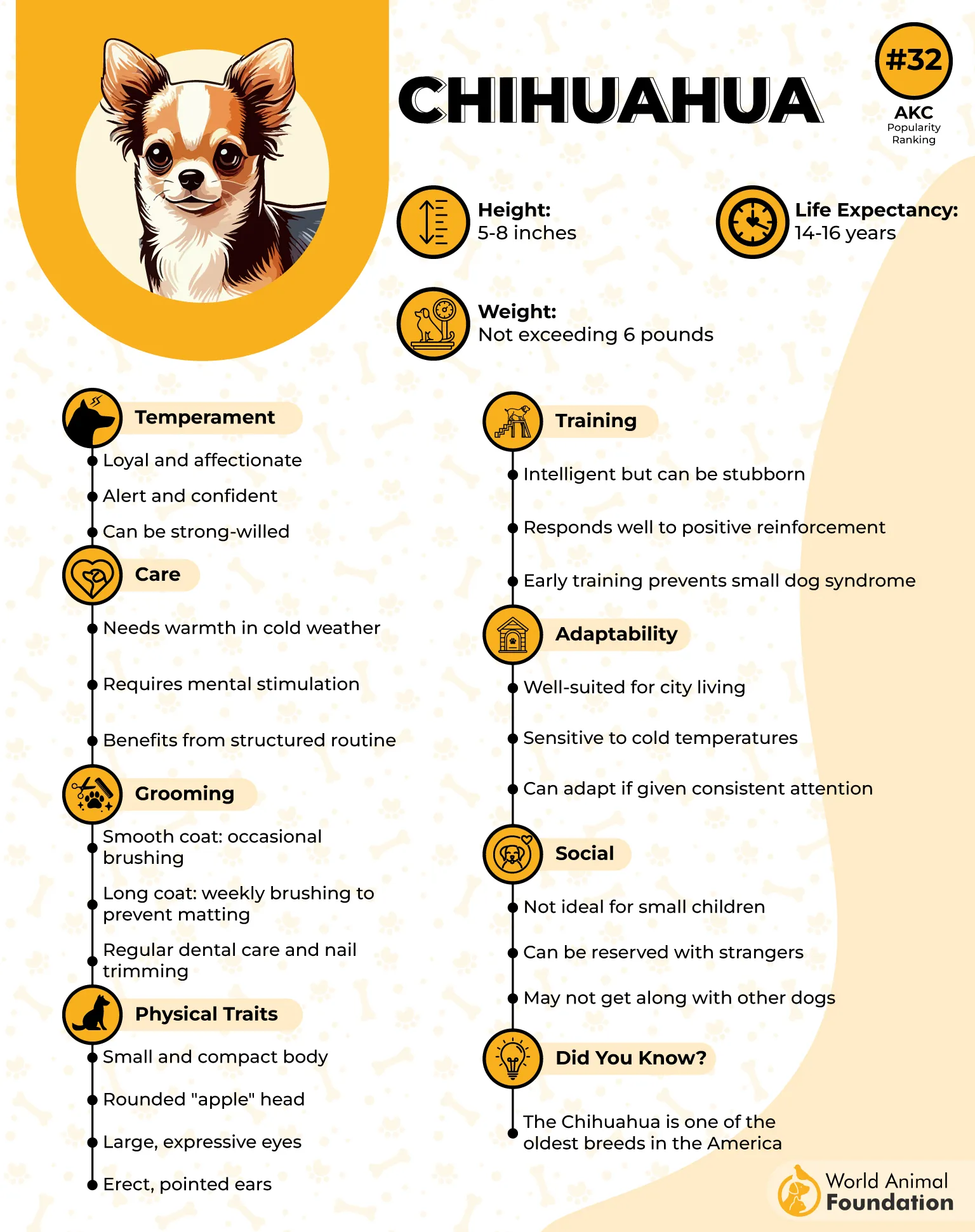
They’re naturally alert and tuned into emotions, which helps them excel in therapy. With calm environments and gentle handling, their confidence truly shines.
While they may be wary of strangers at first, early exposure helps reduce nervousness and boosts sociability, great for settings like therapy visits or busy households.
They’re easy to transport, require minimal grooming, and don’t need much exercise, making them ideal for city dwellers or retirees.
Fun Fact
Chihuahuas are thought to descend from the ancient Techichi dogs, companions to the Toltec people in Mexico.
5. Pug
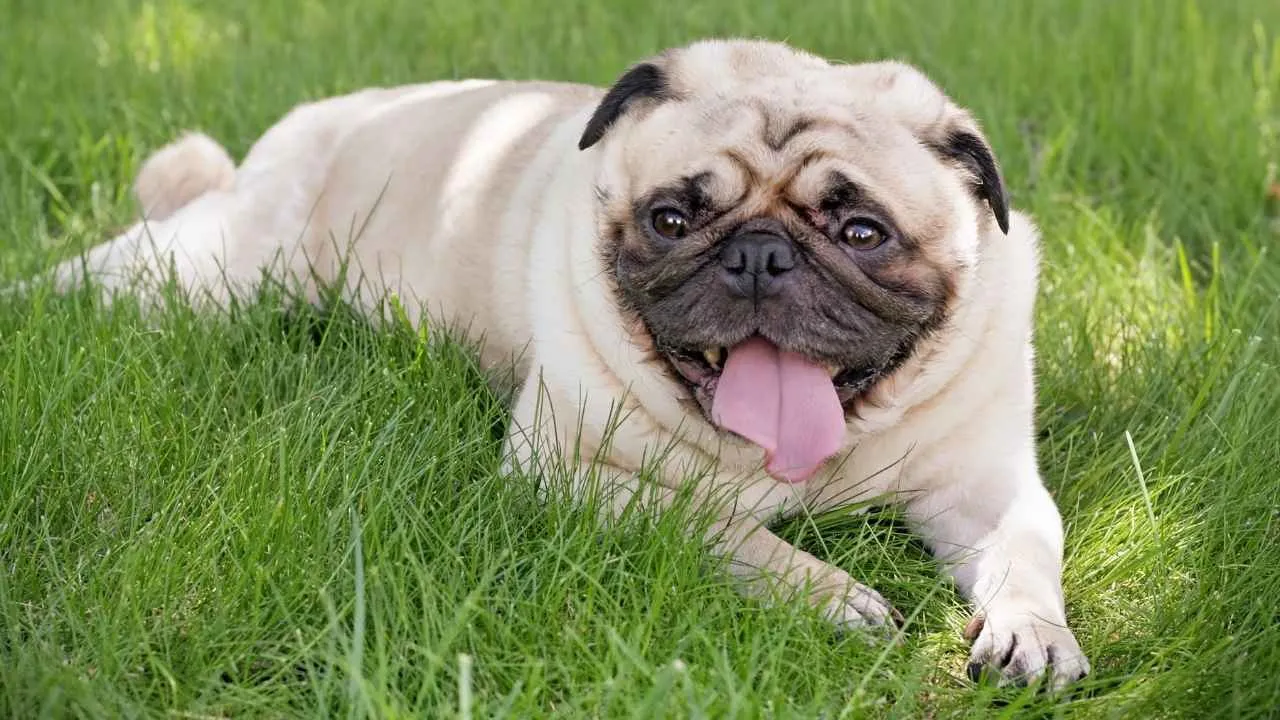
Size: 10–13 inches tall, 14–18 pounds
Pugs, or “pugs” as fans lovingly call them, are adored for their expressive faces, floppy ears, and soulful eyes. Their human-like expressions and goofy charm make them perfect for therapy dog roles.
As per Britannica, Pugs are calm, affectionate, and love to be close—traits that make them a comforting presence for seniors, children, and those coping with anxiety or depression.
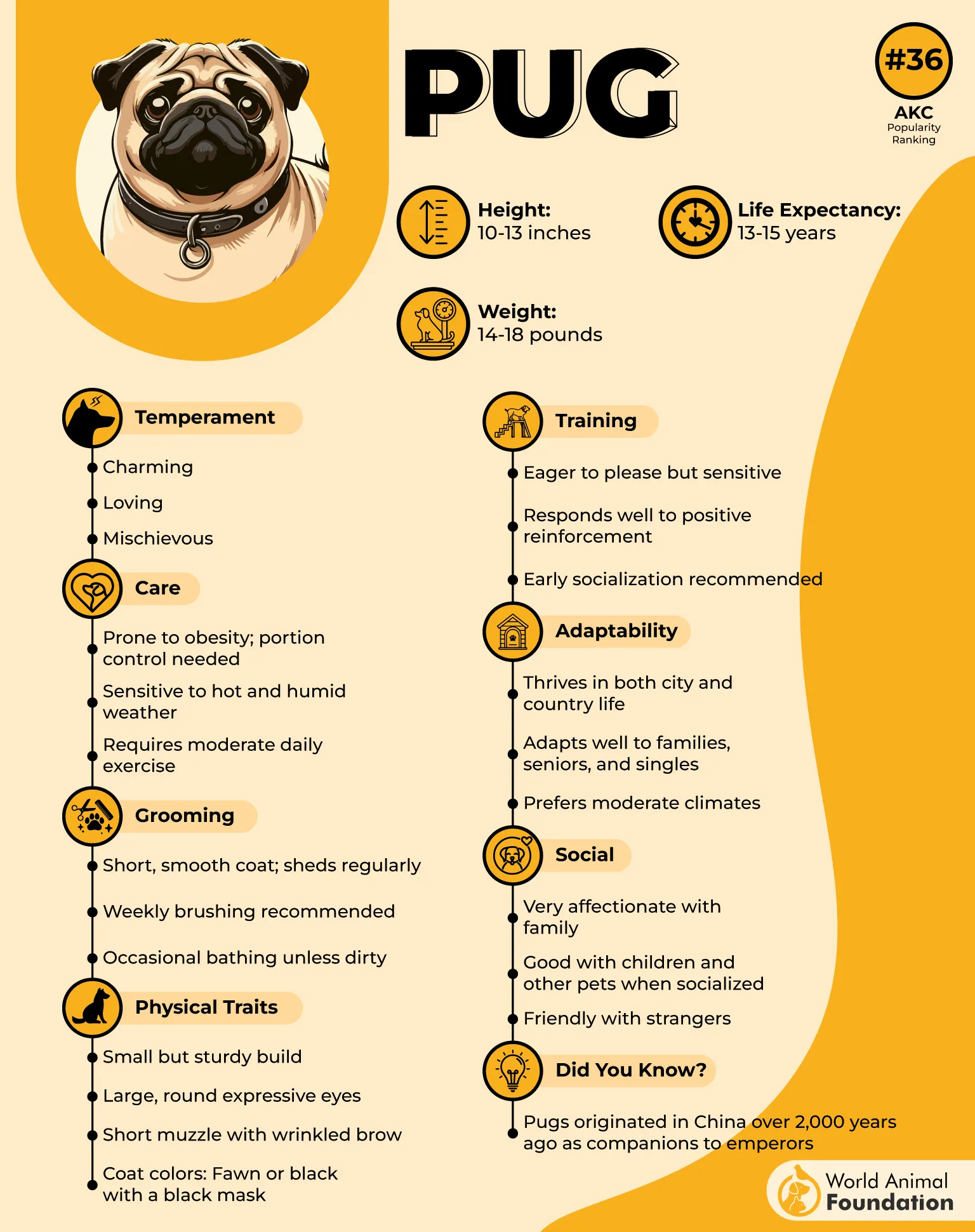
They adapt well to new people and settings, making them dependable partners in therapy or casual emotional support settings.
Because of their smooth coat and laid-back nature, Pugs are low-maintenance and easy to groom. They do need gentle cleaning around their facial folds to avoid irritation.
They’re happiest when they’re sitting next to someone, offering their signature look of unconditional love. Moderate daily play and short walks are usually enough to keep them fit.
Fun Fact
Pugs were bred to be royal companions in ancient China—often pampered by emperors and guarded by soldiers!
6. Pembroke Welsh Corgi
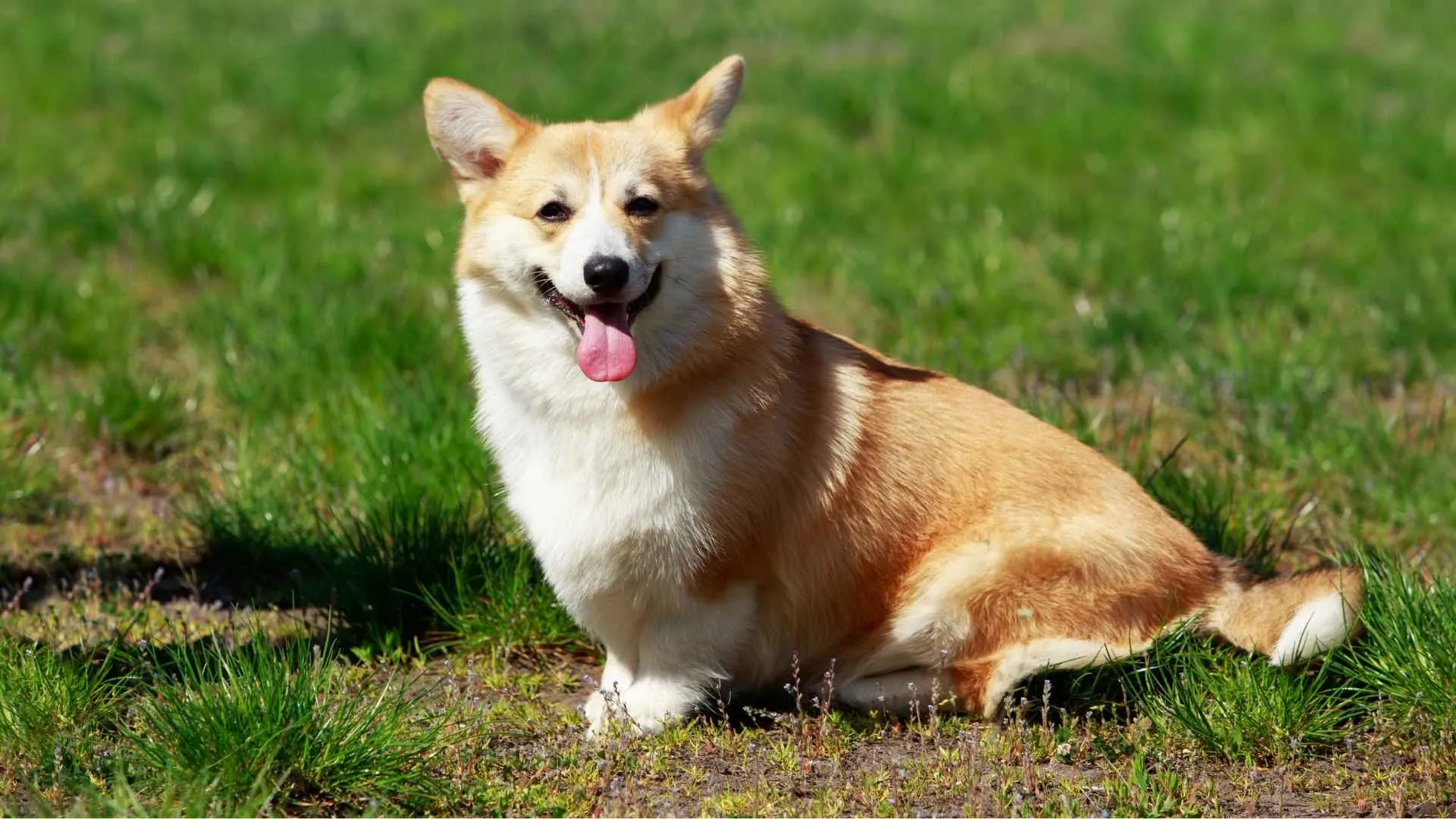
Size: 10–12 inches tall, 25–30 pounds
The Pembroke Welsh Corgi is a royal favorite with a hardworking heart. These working dogs are intelligent, cheerful, and eager to connect, making them excellent companions for pet therapy work.
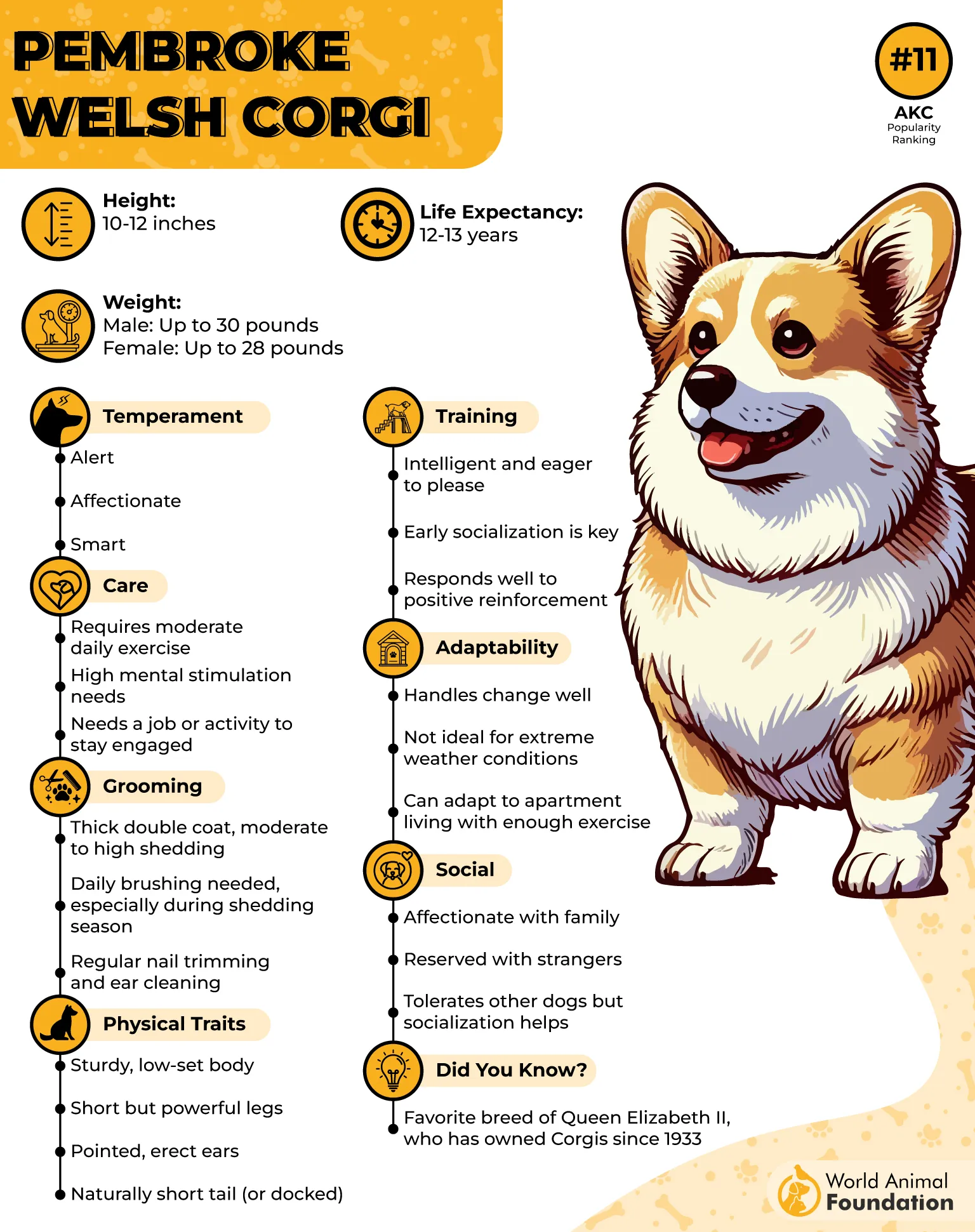
Their short legs and long bodies may give them a comical look, but they are incredibly capable, loyal, and reliable. Corgis love being part of a routine and make great additions to structured therapy programs.
They are known for their friendly nature and enjoy engaging with children, adults, and other dogs. Corgis are also very intuitive and great at responding to emotional cues.
Although they have a thick coat that sheds, especially during shedding season, they’re easy to care for with regular brushing and bathing.
Corgis are not just cute—they’re capable. With enough mental stimulation and affection, they’ll thrive in therapy roles or as emotional support dogs.
Fun Fact
Queen Elizabeth II owned over 30 Pembroke Welsh Corgis in her lifetime—cementing their place among the most popular dog breeds in the world!
7. Yorkshire Terrier
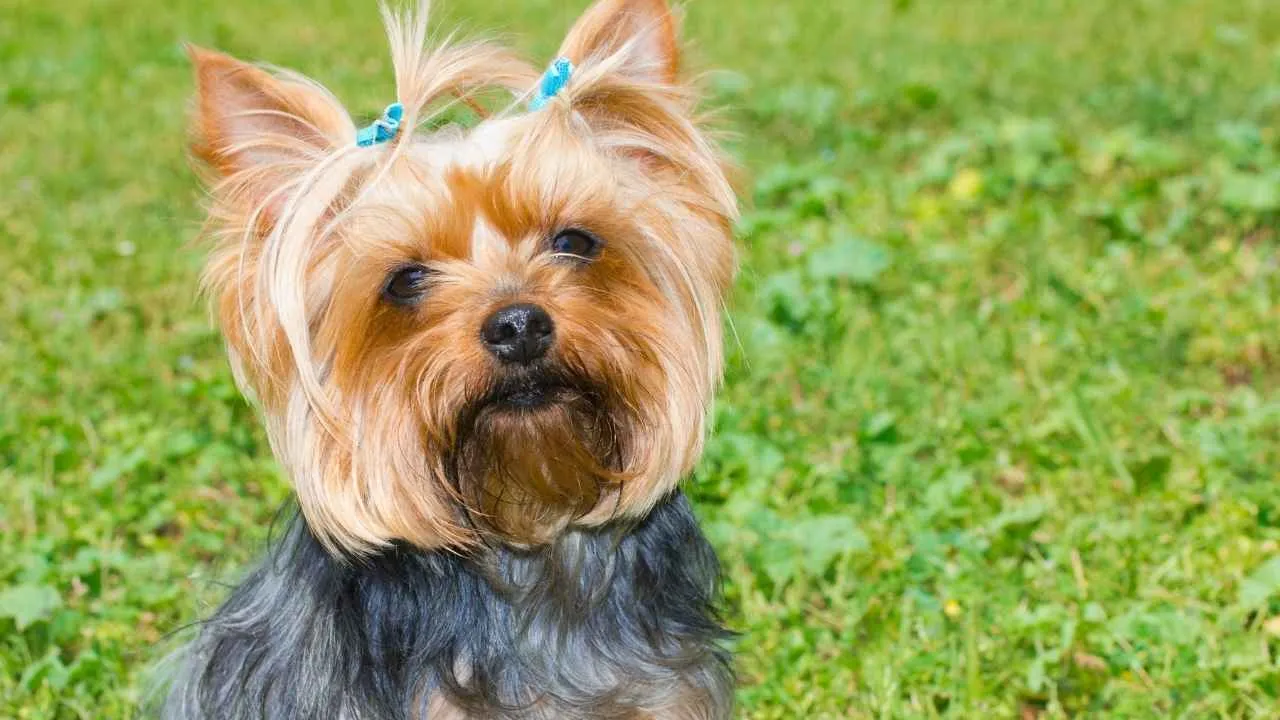
Size: 7–8 inches tall, around 7 pounds
With their glossy, long coats and spirited charm, Yorkshire Terriers are a top pick for people seeking a pocket-sized companion with attitude. They’re especially well-suited for therapy dog roles due to their loyalty and responsiveness.
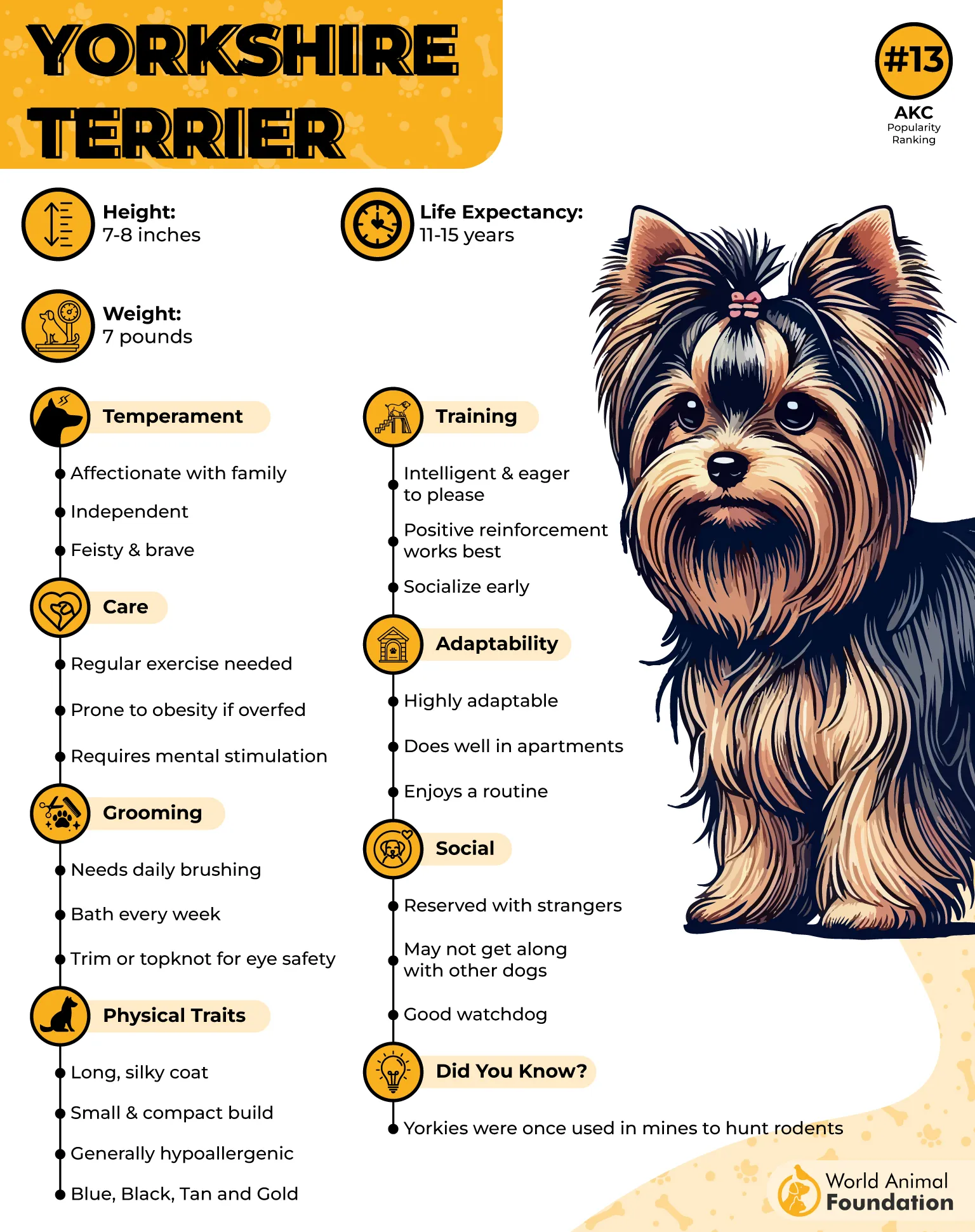
PetMD states that the Yorkies are sensitive to their owners’ emotions and thrive in close-contact settings. They do especially well as emotional support animals in nursing homes, schools, and private residences.
They love attention and enjoy forming routines with their handlers, often excelling in structured therapy sessions. Their affectionate nature makes them deeply rewarding pets.
Their small size means they’re easy to travel with, and they’re popular among individuals who want a four-legged friend that fits into any lifestyle. While they do need grooming, they don’t shed much.
With proper training and socialization, Yorkies become confident, capable little companions who brighten any room they enter.
Fun Fact
Yorkies were originally bred to chase rats in textile mills—proof that even the tiniest dogs can have mighty roots!
Conclusion
When it comes to choosing the right small breed for a therapy setting, the dogs featured in this guide—like the Cavalier King Charles Spaniel, Toy Poodle, Chihuahua, and Pug—truly stand out. These small therapy dogs are known to form strong bonds with their handlers and provide consistent comfort through their affectionate nature and intuitive understanding of human emotions.
While popular breeds like the Pug (yes, pugs!), Yorkshire Terrier, and Jack Russell Terrier were included for their suitability in animal-assisted therapy, some other beloved popular dog breeds were not covered. For example, the Labrador Retriever, Golden Retriever, and German Shepherd are among the most common service dogs, but fall outside the small breed category. Similarly, breeds like the Bichon Frise, French Bulldog, and Shih Tzus are well-loved for their gentle temperament and could also thrive in the right setting.
Ultimately, choosing a therapy dog depends on more than just breed—it’s about individual temperament, proper training, and compatibility with other pets and people. According to the American Kennel Club, selecting from certain breeds with the right guidance can lead to a truly life-changing emotional support animal and a loyal, healing companion.


